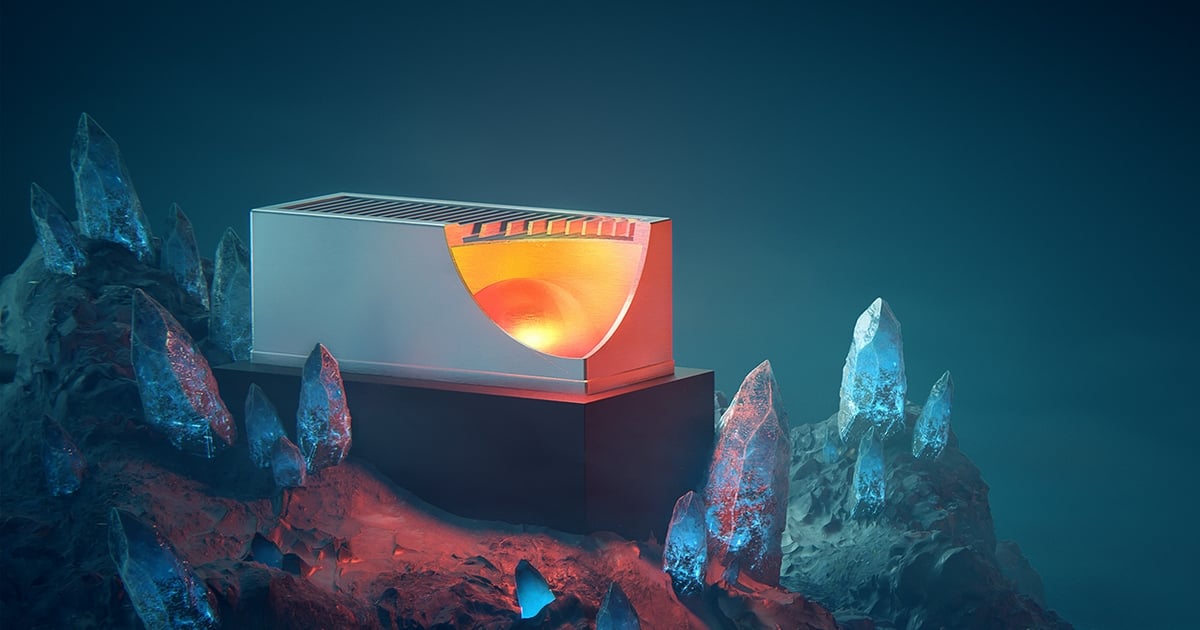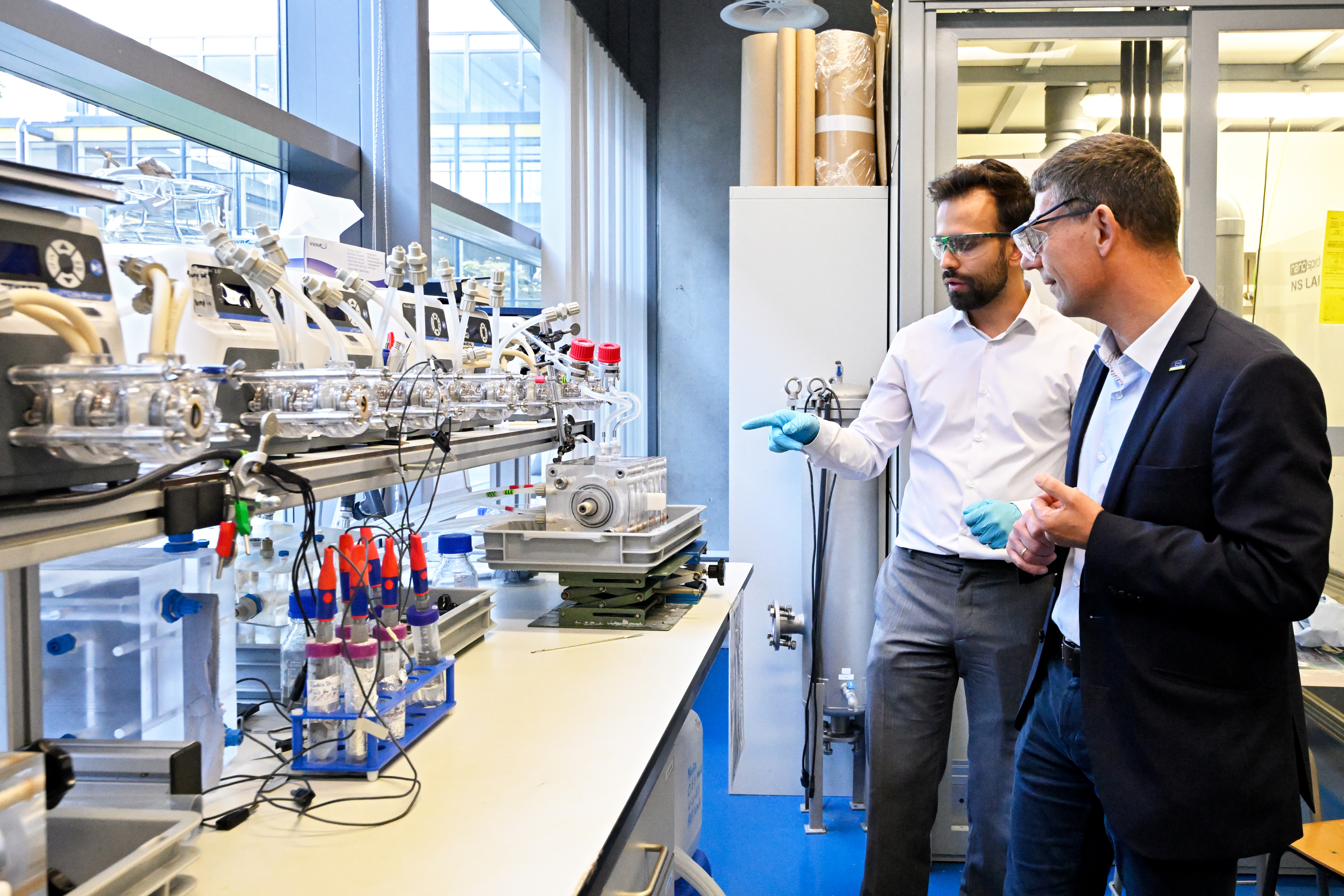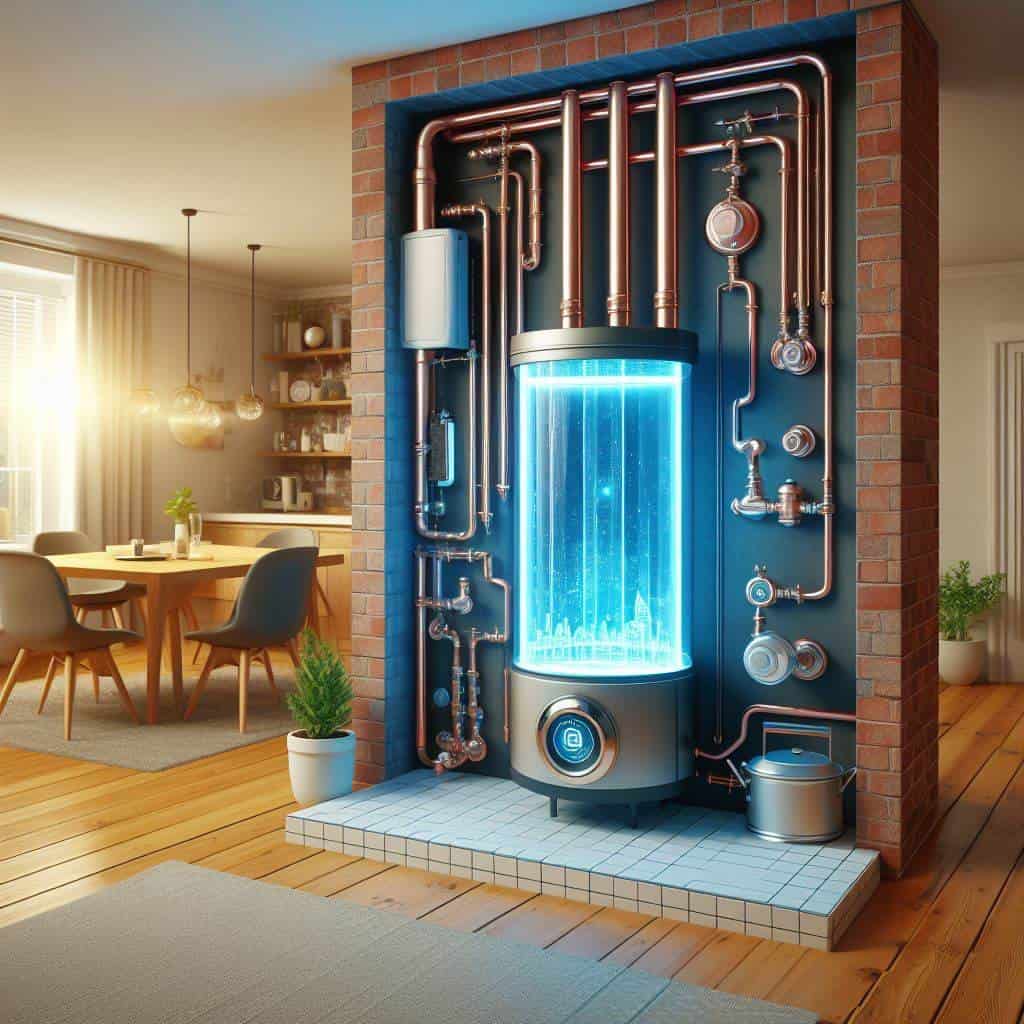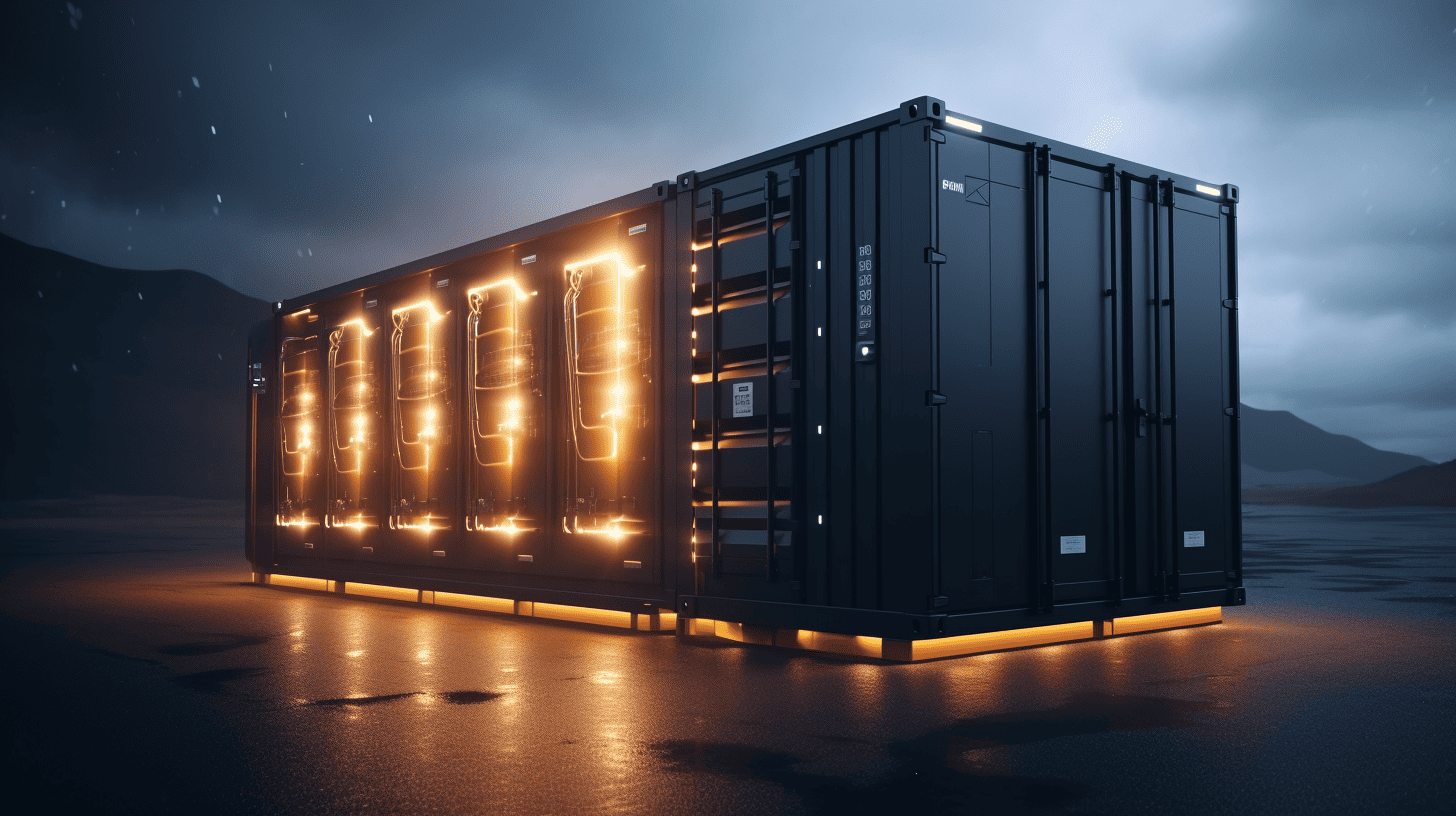
If you have photovoltaic panels, then you know how convenient it is to have some energy stored for those times when the sun doesn’t shine. Energy generation and its consumption don’t happen at the same time, which is why it is necessary to be able to store heat. Nevertheless, space is a major constraint, as it’s hard to fit energy storage systems which have enough capacity into buildings. A different approach that a Hungarian company is now offering could become a game changer.
HeatVentors has been working for nearly a decade on a technology that stores energy more efficiently and which also saves a lot of space. The firm works with phase changing materials. These are materials that are able to absorb or release a lot of heat when changing their physical state. Other options on the market that store energy make use of water.
The solution designed by the Hungarian company is called HeatTank. This a product that introduces a novel thermal battery which offers a new way to both store and manage energy. “The use of phase changing materials allows us to store heat in a more concentrated form,” explains Rita Andrássyné Farkas, co-founder and CEO of HeatVentors.
Together with her mechanical engineering studies, her experience in multinational organizations made HeatVentors step up their game and eventually win several awards. For example, the company won the 2017 edition of Power Up, a competition for energy start-ups held by the European Institute of Innovation and Technology.
Manage your energy
HeatTank works with both heating and cooling systems. Its patented design enables it to be 90 percent smaller than other storage technologies that use water. What’s more, it can store even more energy while still reducing CO2 emissions.
In addition to the tank, a controller unit monitors the levels of energy being stored in the reservoir. HeatVentors’ patented software can also be connected to smart home systems. During the charge phase – which happens when there’s an excess of thermal energy – the system stores either hot or cold energy – depending on what it is being used for. In the first case, the phase changing material becomes solidified, and it melts when storing hot energy.
As soon as more energy is needed, the user can draw on the sources inside the container. In the so-called discharge phase, the material works the other way round, as the cold energy is melted and the hot energy solidifies. “Our innovation is not due to the material itself, as we have different suppliers for phase changing materials, but is due the storage system’s structure. HeatTank increases the surface area of the heat exchanger, thereby improving its performance,” Farkas stresses.
Making cooling systems perform optimally
While the principle behind the technology remains the same, HeatVentors tailors its technology to the different settings it has to be integrated into. For instance, heating systems need different phase changing materials for cooling systems. Farkas: “Depending on the application and on our customer’s needs, we choose the best phase changing material for them. There are hundreds of them, and they have a temperature range varying from -30°C to 120°C.”
Besides applications for inside homes, HeatVentors has been customizing its solution so that users are given a way to optimize their use of energy. One good example is its application in data centers.

Hundreds of devices are connected at the same time in these spaces, and cooling systems help keep their temperatures low. During the summer months, air conditioning systems are pushed to the limit, which leads to a decrease in their efficiency levels. “The efficiency of cooling system changes a lot the whole day through. When it is performing efficiently, we can store some of the energy. Later in the day, when the cooling system is no longer efficient enough, we can draw from that stored energy”, Farkas estates.
In addition to saving energy, the cooling systems – which are frequently turned on and off – do not have to work as much, which in turn increases their stability and efficiency. As a consequence, the lifetime of these types of appliances are extended and they need less maintenance.
Free cooling
“We can also take advantage of what we call ‘free cooling’. In other words, when the outside temperature is lower, we use the cold of the outside air,” Farkas adds.
Before going into the storage system, air passes through thermo-ventilators where the heat exchange happens. It is an indirect system with two independent heat surfaces that avoid any moisture or dust from collecting. In addition, HeatTank can store energy when it is cheaper, usually at night.
Read more about how shafts and gravity are game changers in energy storage here
“HeatTank doesn’t contain any moving parts, so it doesn’t need any maintenance. The materials we use are safe for people and environmentally friendly. The system can last up to 25 years at 100% of its capacity. After that, it loses 5 % of its efficiency. Also, the payback time for the investment is about five years”, Farkas goes on to explain.

Connecting more tanks together
In addition to data centers, office buildings and shopping malls also represent other use cases for HeatVentors technology. In these kinds of large spaces, optimizing the use of cooling systems is also much-needed.
As far as heating systems are concerned, gas engines are one of the applications that HeatVentors is currently working on. Making the HeatTank capable of storing more energy is one of the main goals in the continued effort to improve the technology. “We now have two different-sized storage systems, but these aren’t big enough yet for some applications. We are developing a modular system so that more HeatTanks can be used at the same time”, Farkas notes.
HeatVentors is now focusing on improving its presence on the market and offering ‘a cool way to store heat’.
Also interesting: Spain takes action with energy storage in recycled car batteries







